They say the two best times for fishing are when it is raining, and when it is not
In Namibia’s dry winter you’re in for a thrilling fishing experience. The shoulder season stretches from April to August. It brings cool nights and warm days with little or no rain. As the inland water sources begin to dry up, animals flock to the river to quench their thirst, so not only is the fishing fantastic, but the game viewing during June and July is incredible. Elephant, zebra, hippos, crocs and buffalo will all make their appearance on the river banks – not to mention a myriad of bird species. But they are not the stars of the show when you’re on a Chobe fishing holiday.
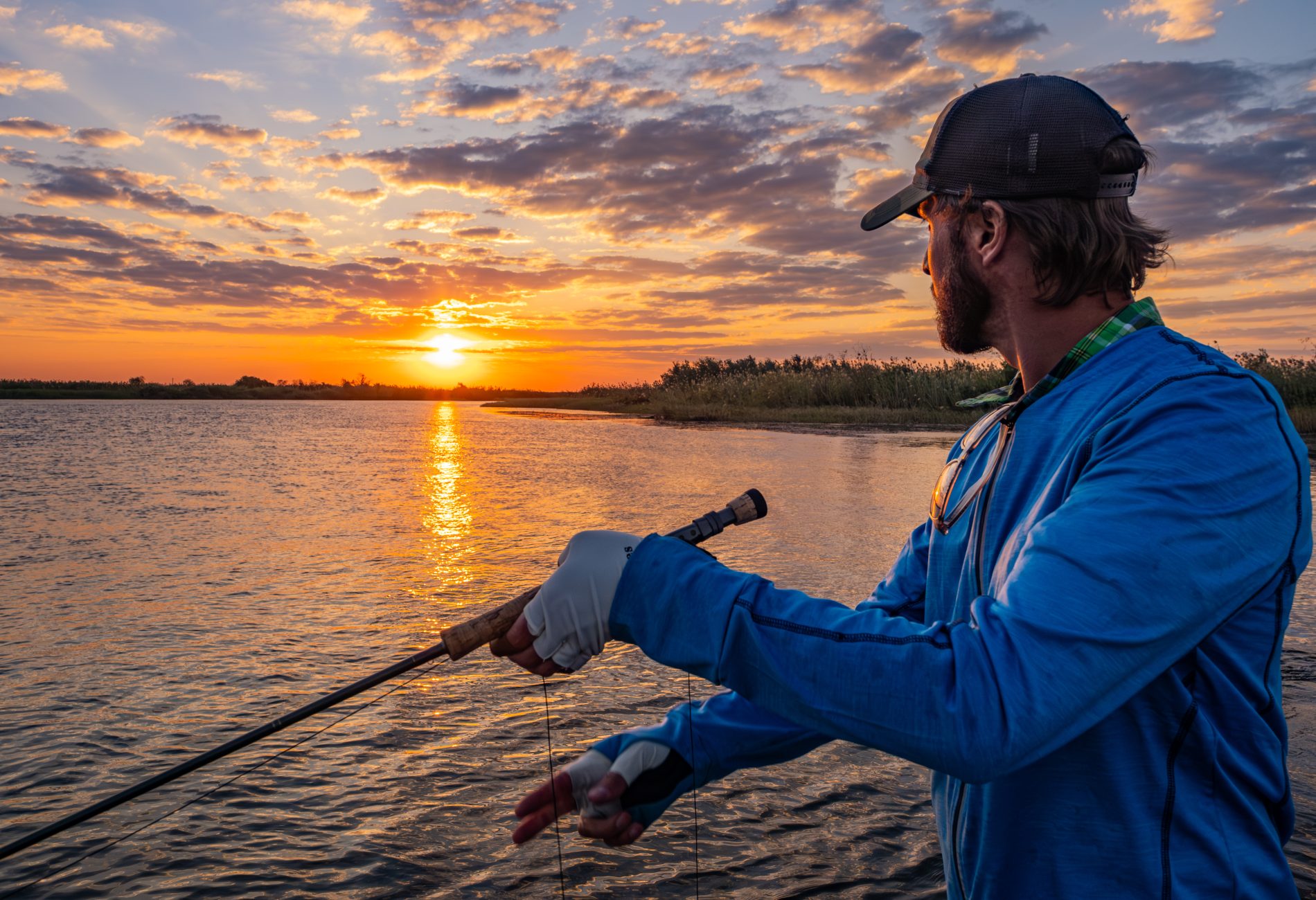
Where to find the best spot for fishing in Chobe
Although there are several lodges in the area where the lazy Chobe River joins the mighty Zambezi before rushing into the Victoria Falls, Ichingo Chobe River Lodge on Impalila Island in Namibia is a prime spot for fishing. The lodge has access to 7km of unfished Chobe River directly below the lodge, and then another 7km of unfished Zambezi River below the rapids downstream – you’ll have virtual exclusivity on this beautiful stretch of river. No other lodge has access to these teeming waters.
On the Chobe side in particular, this is an area of many small islands and gentle rapids, ideal for drift-fishing and either flyfishing or spin-casting. Turn the corner into the deeper Zambezi and you’ll find that conventional trolling works best until you reach the turbulent waters at the foot of the rapids, a hotspot for tigerfish whether you’re using bait, fly or lure.
What you can catch on a Chobe fishing holiday
The Zambezi is home to the ferocious tigerfish, catfish, African pike, upper Zambezi yellow fish, nembwe, thin-faced, hump back, three spot tilapia, and green and pink bream.
Taming a tiger
If there is one fish that every Zambezi angler wants to catch, it’s the hard fighting tigerfish. Arguably the fiercest fresh water fish, these beauties can grow up to a massive 15kg (33lbs)! Catching one of these sharp-toothed monsters is no easy feat, and only about one in ten tigers hooked are actually landed. Tigerfish are so incredibly acrobatic that they jump and tug and twirl free within seconds – making the chase all the more thrilling.
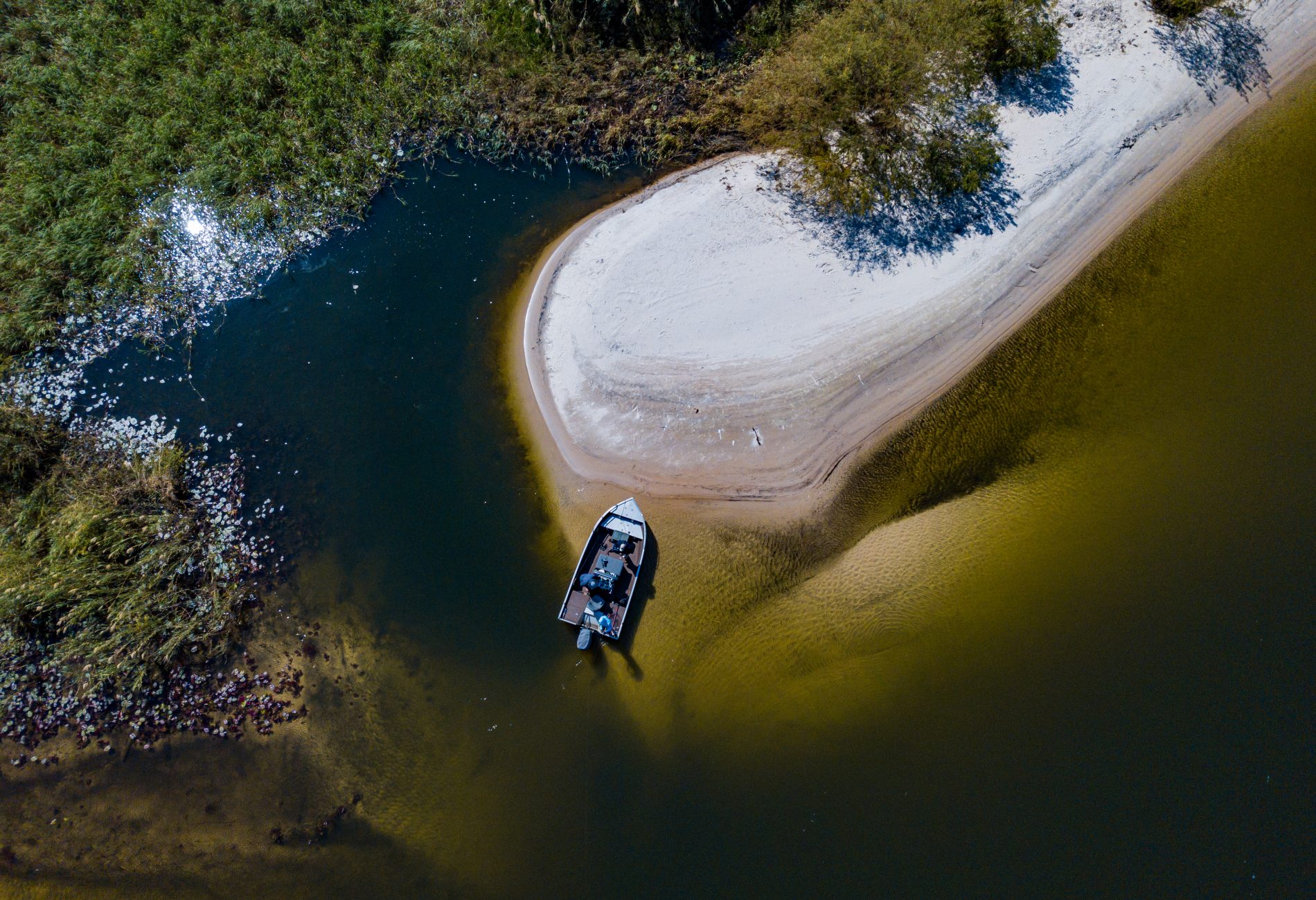
There are three ways to catch a tigerfish:
trolling, drifting or spinning. Trolling artificial bait is done with two rods leading out from behind the boat. Drifting a fresh or dead fish works best in murky water, and when the water level is higher, and spinning may be more active, but it’s less efficient. Spin casting artificial bait works best when you target specific areas of the river, like sandbanks or rapids. The tigerfish has a preference for deep, fast flowing channels where they lurk in drop-offs ready to ambush their prey. They hunt in schools of similar sized fish.
You have to have the right equipment if you’re going to tame the tiger. Artificial bait that works well includes Rapala 9 or 11cm Magnum floating lures (for trolling), chrome or copper 45mm, 16g Effzett spoons (for trolling and spin casting), and Rapala 7cm Fat Rap or Shad Rap deep river lures for spin casting. If you’re considering using live bait, try the bulldog.
Catching catfish
The sharptooth catfish, or barbell, can survive almost any water conditions no matter how murky. They eat frogs, insects and fish, and have been seen jumping out of the water to catch birds perched low above the water. They feed mostly at night, and when you hook one you’ll feel a slow, steady pull. In an attempt to free itself, the catfish swims into obstacles or shakes its head vigorously from side to side.
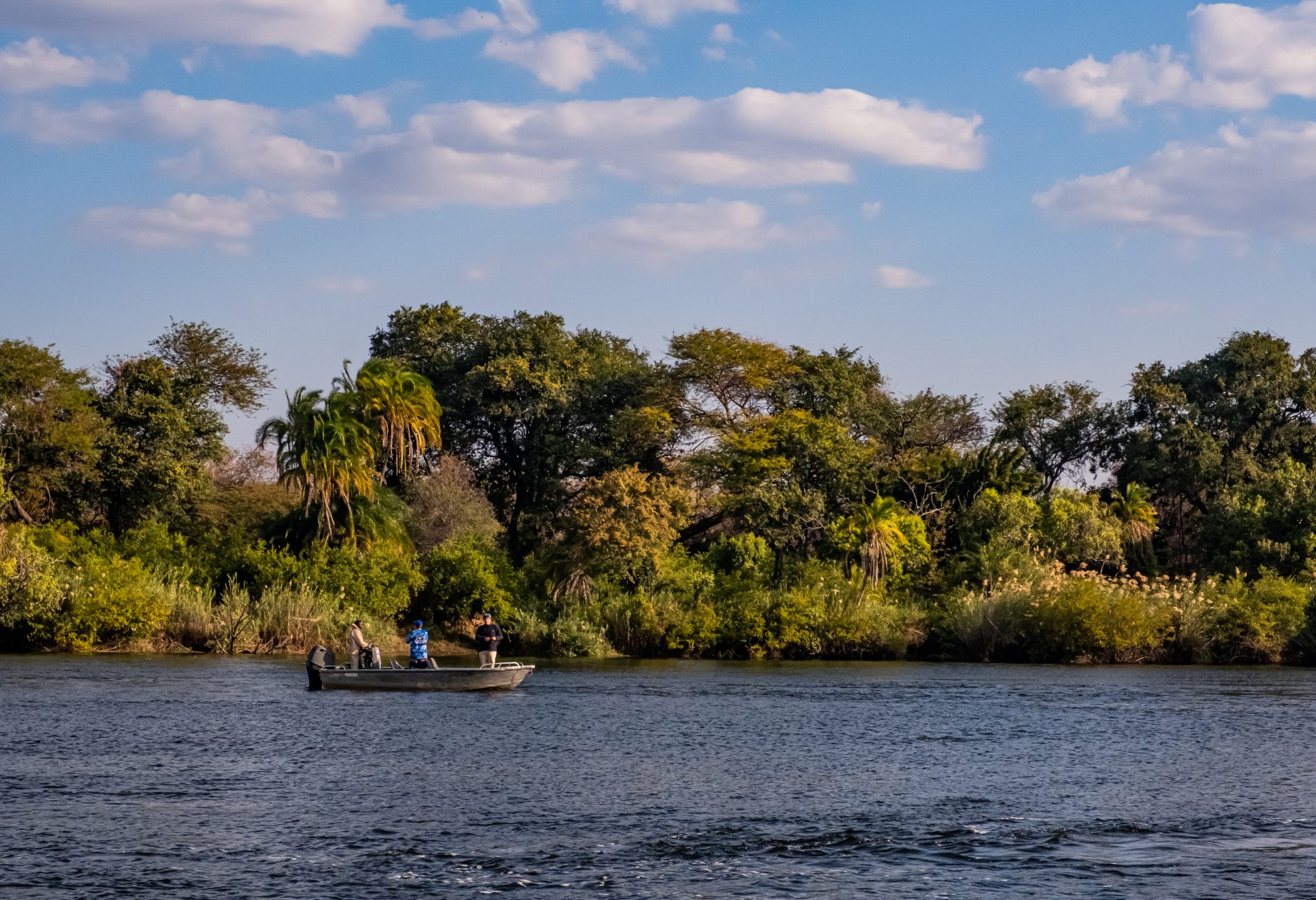
Although it will take lures, spoons and spinners, you’re more likely to catch one using bait on a size 3/0 or 4/0 hook fished on the bottom. Catfish enjoy earthworms, fish fillets, baby birds and chicken livers.
Baiting bream
Green and pink bream are best caught from July to December. Green bream prefer deep, quiet waters, slow flowing channels and floodplain lagoons, while pink bream seek out deep main river channels and sandy bays. Both species will take spinners and lures up to 5cm. Your best bet is red earthworm on a No12 long shank barbed hook, but they will also take Mepps No3 Black Fury soinners or 5cm Rapala Fat Rap deep divers. Both species are vigorous fighters, so you’d better be prepared for a good battle.
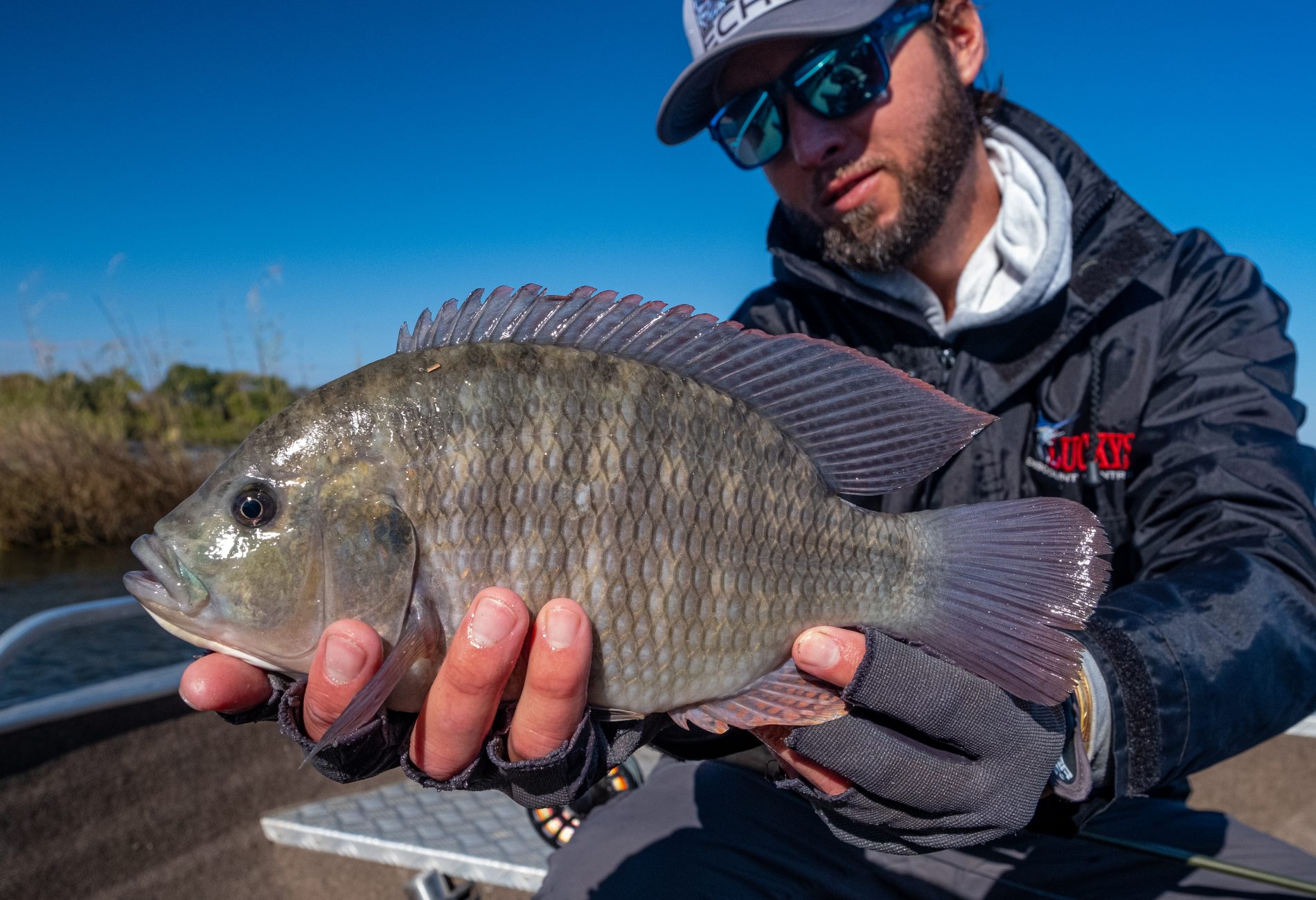
The nimble nembwe
Nembwe prefer the cooler water temperatures of the winter months. It’ll take a worm, but you’re more likely to succeed with artificial bait when trying to catch this predator. Such is its fighting ability that its scientific name is Serranochromis robustus. Trolling and spin casting the shoreline are your best bet. Try a Rapala 5cm Fat Rap deep diver, Rapala 5 or 7cm Shad Rap deep diver, a Cordell 5cm Wally Diver or leadhead jig. They all come highly recommended by seasoned anglers who have successfully battled the nembwe.
Spinnerbaits, copper or chrome Effzette 16 gram spoons, Mepps No4 Black Fury spinners and Blue Fox No3 Vibrax spinners are also readily taken by nembwe.
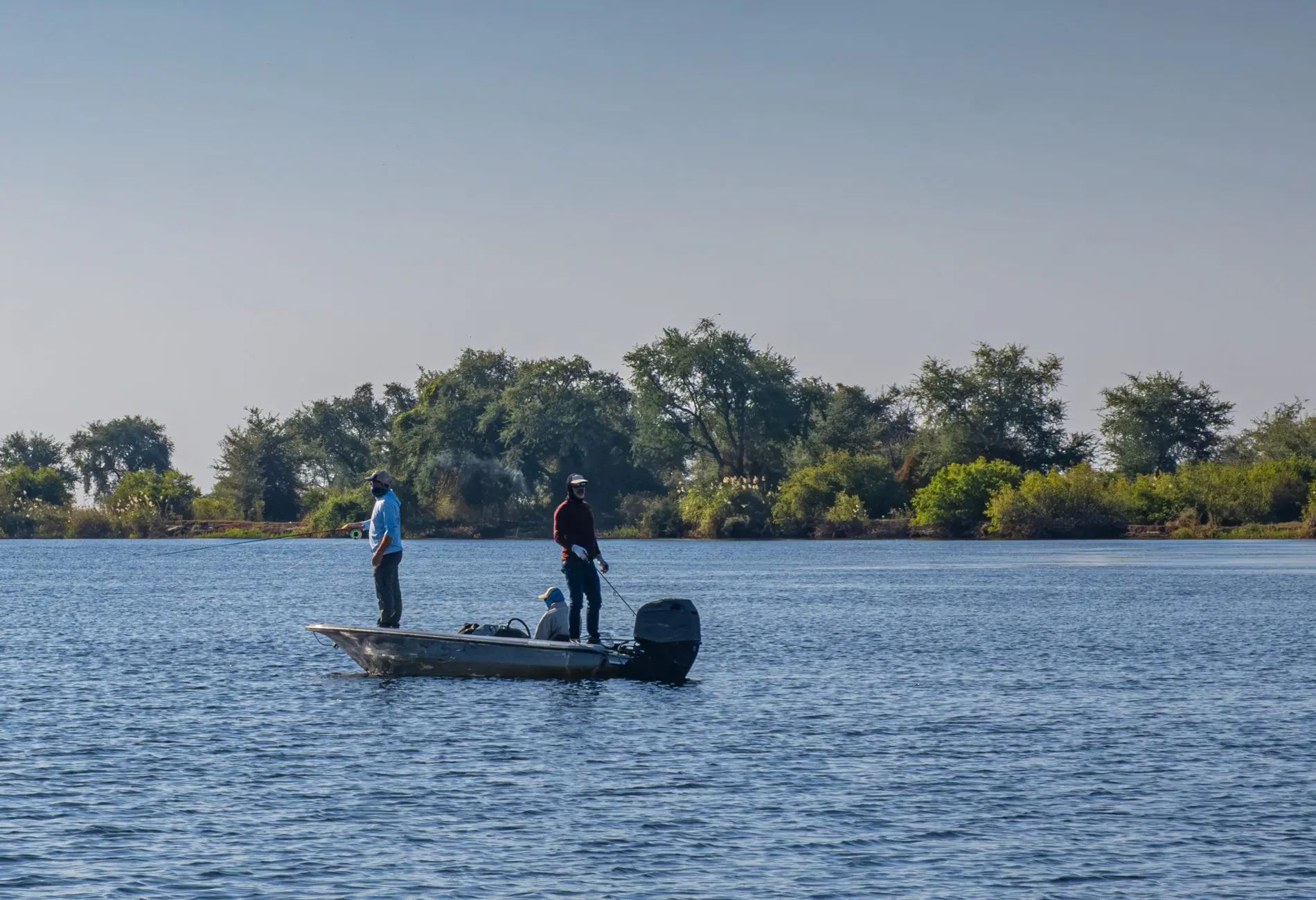
What to wear and what to bring
- Light coloured clothing;
- A sun hat;
- Sunscreen;
- Binoculars; and
- A camera for when you catch a big one!
What not to pack
- Rods;
- Lines;
- Lures;
- Leaders;
- Reels; and
- A fishing buff – land a tigerfish over 5kg (11lbs) and you’ll be awarded the coveted yellow buff of fishing!
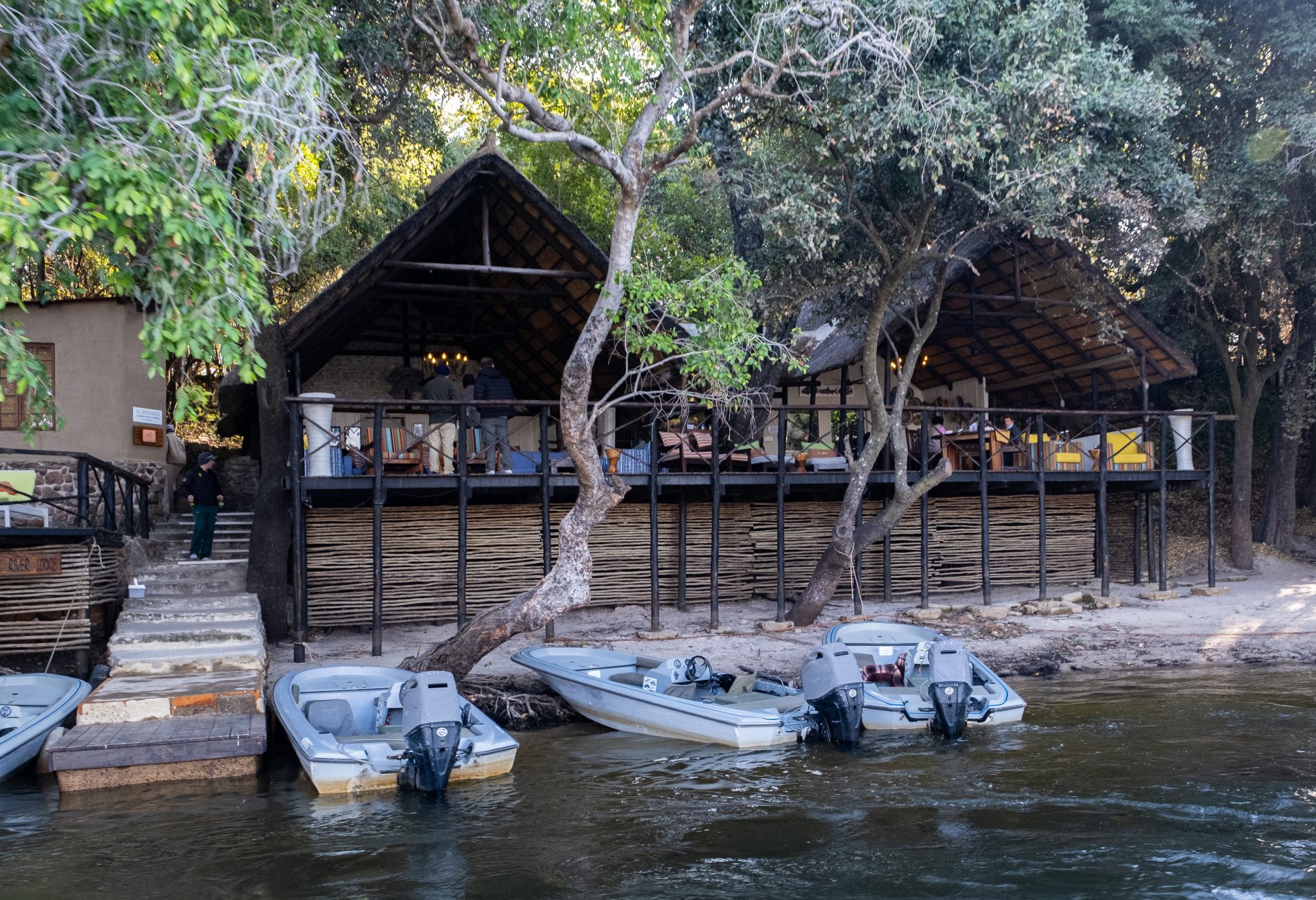
Where to stay in Chobe
Ichingo Chobe River Lodge is the only place to stay when you’re planning a fishing safari. Besides the 100km of river access (and 14km exclusive prime access), the lodge supplies all your fishing equipment – rods, lines, lures, leaders and reels. Coupled with our highly knowledgeable guides as well as well stocked cooler boxes fishing in Africa will be an experience to remember. The comfortable tented accommodation with en-suite bathrooms and private balconies allow you to unwind completely and to enjoy the sights and sounds of a true African river safari experience. Make your reservation today.
Call Ichingo Chobe River Lodge at +27 21 715 2412, or send an email to enquiry@zqcollection.com.
